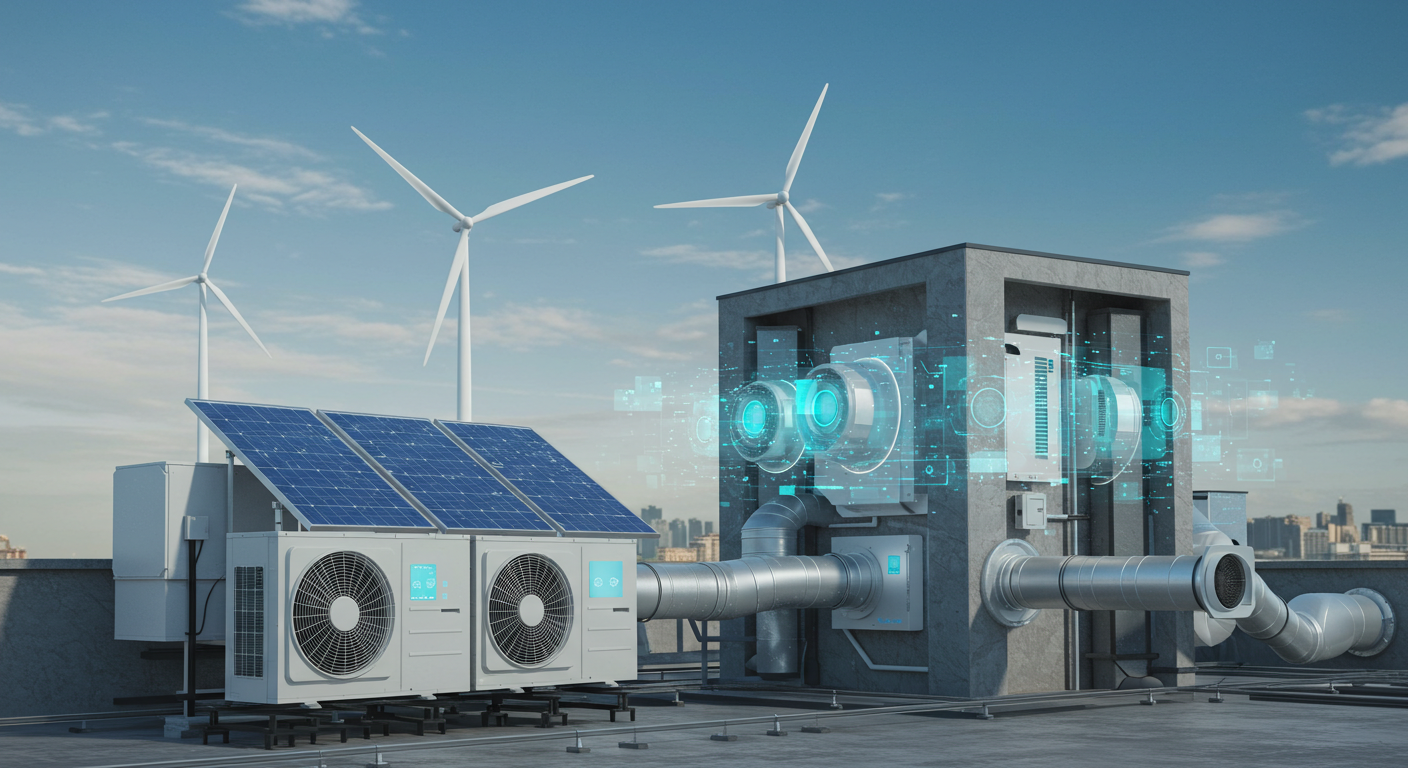Remote Diagnostics: The Rise of HVAC Virtual Service Calls
Imagine diagnosing and even fixing HVAC issues without setting foot in a customer’s home. This futuristic concept is now a reality thanks to remote diagnostics and virtual service calls. In this post, we’ll explore how these innovations are transforming the HVAC industry, making life easier for both homeowners and technicians.
Why Remote HVAC Diagnostics is a Game Changer
Remote HVAC diagnostics is rapidly changing how we approach HVAC maintenance. With the power to assess and troubleshoot systems virtually, technicians can now provide fast and efficient service. This has become increasingly important as more than 90% of consumers turn to search engines to find local HVAC services, and 76% of mobile searchers contact a business within 24 hours. The demand for rapid digital response and remote support capabilities has never been higher.
The Benefits of HVAC Virtual Service Calls
Virtual service calls are not just a trend; they’re a necessity in today’s fast-paced world. The U.S. market for HVAC repair and maintenance services is projected to exceed $10 billion in 2025, driven by the need for efficient service models. Homeowners are expected to spend $477 billion on home improvements by late 2025, highlighting the demand for convenient, tech-enabled options.
Key Advantages of Virtual HVAC Maintenance
- Reduced Travel Time: Technicians can diagnose problems remotely, minimizing travel time and increasing efficiency.
- Cost Savings: With less need for on-site visits, operational costs are reduced, benefiting both customers and contractors.
- Minimized Downtime: Faster diagnostics mean quicker repairs, reducing system downtime for customers.
How Smart HVAC Diagnostics Work
Smart thermostats like the Ruud Econet 800 series, available through Mar-Hy Distributors, are paving the way for real-time remote system monitoring. These devices allow technicians to access system data and settings without an on-site visit, making remote HVAC troubleshooting more effective than ever.
Conclusion
The shift to virtual HVAC repair and remote HVAC service is not just a convenience—it’s an evolution of the industry. By embracing these technologies, you’re not only improving efficiency but also enhancing customer satisfaction. As you consider your next move in the HVAC landscape, think about how you can integrate these innovative solutions into your service offerings.
Ready to upgrade your HVAC service capabilities? Contact us today to learn more about implementing remote diagnostics and virtual service calls!
FAQ
What are remote HVAC diagnostics?
Remote HVAC diagnostics involve assessing and troubleshooting HVAC systems from a distance using advanced technologies, eliminating the need for an on-site visit.
How do virtual HVAC service calls benefit customers?
Customers benefit from faster service, reduced system downtime, and lower costs due to the efficiency of remote troubleshooting and repairs.
Can all HVAC systems be monitored remotely?
Not all systems are compatible, but many modern units, especially those with smart thermostats, can be monitored and diagnosed remotely.
What role do smart thermostats play in virtual HVAC maintenance?
Smart thermostats provide real-time data and system settings to technicians, facilitating remote diagnostics and minimizing the need for physical inspections.
Are there tax incentives for upgrading to systems compatible with remote monitoring?
Yes, the Inflation Reduction Act offers tax credits up to $2,000 for qualified heat pump installations, encouraging investment in high-efficiency, remote-compatible systems.


